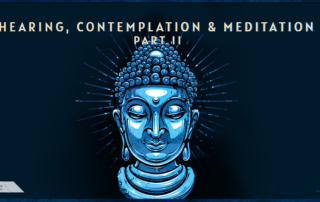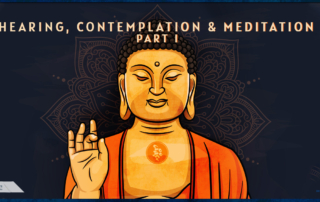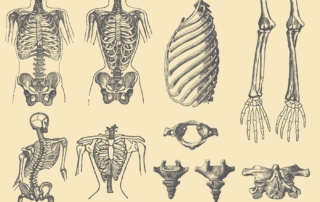Minds That Apprehend Appearance
This excerpt is copyrighted material, please do not use or copy without written permission from Nitartha Publications. The following is an excerpt from Minds that Apprehend Appearance by Acharya Sherab Gyaltsen. This is included in the sourcebook we use in our Mind & its World II course. This course completes the Classification of Mind (Lorik) root text, from the tradition of Pramāna or Buddhist epistemology that students begin in Mind and Its World I. MINDS THAT APPREHEND APPEARANCE Acharya Sherab Gyaltsen The second main section of the Lorik text is the specific analysis of the essential modes of engagement of the mind. It has five subsections.







